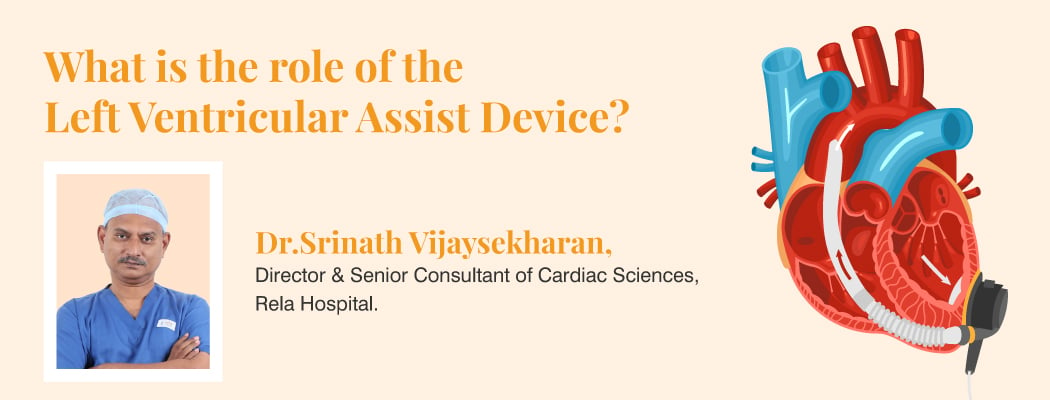Covid symptoms in kids, everything we should know.
March 27, 2024

What is Covid-19?
The virus known as SARS-cov-2, or severe acute respiratory syndrome coronavirus 2, is the source of Covid-19. This virus is referred to as coronavirus. It can spread swiftly and is highly contagious.
Contents
COVID-19 Symptoms in Kids
Since COVID-19 symptoms in kids tend to be low, identifying it in them might be challenging. They might not even exhibit any symptoms. If a child displays any symptoms of COVID-19, particularly if they have been exposed, it is an excellent decision to conduct a test.
This article explains the most typical signs of COVID-19 in kids and what to do if you think your kid may have it.
Symptoms
COVID-19 symptoms in kids can range from mild to moderate. Some of them are listed below.
- Fever – The first symptom of COVID-19 in kids is to check for fever or chills that last for a long duration
- Cough, runny Nose and sore throat
- Digestive Issues – The child might experience vomiting, nausea, stomach ache, and diarrhoea.
- Body Pain – Children with COVID-19 might experience muscle pain, pain behind the eyes, and headache.
- Loss of smell and taste
- Shortness of breath or rapid breathing
- Dry cough
- Lethargy
- Sunken or swollen eyes
- Loss of Appetite – A kid who is infected with COVID-19 loses his ability to taste and smell, which leads to poor feeding habits and eventually appetite.
Lesser-Known Symptoms of COVID-19 in Kids
Even though children often react to COVID-19 less severely than adults, one major concern that COVID-19 poses to children is the possibility of multisystem inflammatory syndrome (MIS-C). There is still more to learn about the connection between MIS-C and COVID-19.
However, it is known that many kids with MIS-C had either a prior coronavirus infection or were exposed to someone who had COVID-19 since the novel coronavirus first appeared. Other organ systems, including the heart, lungs, kidneys, gastrointestinal tract, and brain, can be impacted by MIS-C. MIS-C can be fatal if treatment is not received. It is generally easily treatable. A few of the symptoms associated with MIS-C to look out for are:
- Fever
- Vomiting
- Dizziness
- Skin Rash
- Pain in the Abdomen
- Bloodshot Eyes
- Distressed Breathing
- Low oxygen saturation
Prevention
It takes around 5-14 days for symptoms to appear once a kid is exposed to the COVID-19 virus. The best ways to reduce your child’s chance of developing severe COVID-19 are frequent preventive measures. This implies that if your child is old enough to get any of the COVID-19 vaccinations, it is advised that they get immunised with the suggested schedule and obtain booster shots as needed.
It’s crucial to remember that COVID-19 vaccinations guard against serious infections that could cause hospitalisation, severe sickness, or even death. They do not, however, always guard against getting the virus itself. Apart from implementing the initial preventive strategy of isolating your child in case of illness to prevent the spread of the virus within the family, additional preventive measures might diminish the chance of a child coming into contact with it. The measures are:
- Wearing masks and maintaining a distance of 2m.
- Public gatherings, shop visits, and outings should be strictly avoided.
- Disinfecting floors, doorknobs, tables, and other surfaces that come in contact with people’s touch.
- Wash hands with medicated soap for 20 seconds.
- Using sanitizer before consuming food.
- The kid should practise breathing exercises to keep the lungs strong.
- Calling a doctor before giving any medicines to the kid.
Treatment
There is no proper cure for treating the symptoms of COVID-19 in kids.
However, most children recover with adequate home treatment. Some of the steps that can be followed at home are mentioned below:
- The affected child should be given proper bed rest.
- The oxygen levels should be continuously monitored to ensure that the condition is not getting worse.
- Plenty of fluids should be provided at regular intervals to prevent dehydration.
- If possible, have them isolated.
- Practise extreme hygiene measures.
- Serve them foods that are easy on the stomach.
- Always wear a mask when attending to the child to stop the further spread of the virus.
- If the situation worsens, always get medical help.
When to Seek a Doctor’s Help?
If a child exhibits any of the following symptoms, they should be examined by a medical professional:
- Breathlessness
- Severe vomiting
- Pain or pressure in the chest
- A massive drop in oxygen level
- Alteration in skin, lip, or nail colour
These signs and symptoms may appear as soon as the infection starts or up to a week later.Therefore, parents have to be more vigilant once they notice COVID-19 symptoms in their kids.
The doctor will provide proper medical help according to the COVID-19 protocol.When symptoms are moderate to severe, doctors will administer supportive care, such as oxygen and IV fluids.
Conclusion
While most kids recover from COVID-19 without significant difficulties, it can nevertheless pose a risk to them. To protect their child, parents and other caregivers who are worried about the virus should stay at home and take additional safety measures. If your kid gets ill, it’s crucial to keep an eye on their symptoms and make a phone or video appointment with a paediatrician instead of panicking.
Frequently Asked Questions
1. What measures should I take if I get infected?
You can take the following measures: Stay isolated from your kids at home. Monitor oxygen levels closely; seek medical help if they drop rapidly. Stay hydrated, check temperature regularly, and opt for light, digestible meals.
2. What if my kid’s condition starts worsening?
If the symptoms of COVID-19 get severe, it’s advisable to seek emergency help urgently.
3. Which kids are most vulnerable to developing a serious COVID-19 infection?
There could be a greater chance of serious sickness from COVID-19 in children who already have a major medical condition. For instance, cancers, and diseases of the kidneys, liver, or heart.
Children who have sickle cell disease, diabetes, obesity, immunosuppression, asthma, or chronic lung disease may also be more vulnerable to a serious COVID-19 infection.
4. Does COVID-19 testing have to be done for all children?
You should keep an eye out for symptoms up to 14 days following the initial exposure if your child has come in touch with a COVID-19-positive individual but does not exhibit any. It is recommended to have the child tested for COVID-19 if symptoms like fever, cough, runny nose, vomiting, loose stools, etc. appear within 14 days of encounter.







